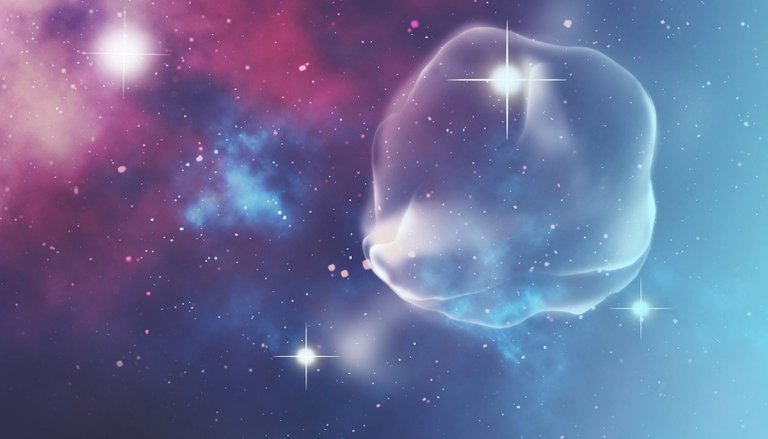Millimeter Mountain Ranges On Neutron Stars
Neutron stars are incredibly dense, small, and massive. Constantly crushed by gravity. Yet, tiny tiny mountains appear on them. New models show neutron stars having mountain ranges fraction of a millimeter tall.

- Be also sure to check out my other posts and follow me @kralizec and subscribe to my Youtube channel at Kralizec Gaming Youtube Channel
Regular stars – like our own Sun – are essentially giant balls of burning plasma with a heart of a thermonuclear fusion. Nothing to expect geological features on. Nonetheless, neutron stars are quite different. They are the remains of massive collapsed stars left in the Universe after the ultimate explosion. A supernova. And they are full of exotic and extremely dense matter.
Neutron stars may be incredibly small but they include so much matter crushed by gigantic gravity. New research led by Fabian Gittins from the University of Southampton and his team shows that these solid structures are covered by something that can almost be called geological structures. But because of the gravity, they are insanely small. A neutron star has roughly a diameter of 10 kilometers but its “mountains” are just a fraction of a millimeter tall.
Because of their density neutron stars have about a billion times stronger gravitational field than the Earth while being many times small. They are almost perfect balls and any deviations from this shape are tiny. Yet, experts – who tend to be a bit poetic – talk about mountains on neutron stars.
Gittins’ team modeled the creation of realistic neutron stars with their mountain ranges and ended up with the aforementioned height of a fraction of a millimeter. This is about a hundred times less than what our previous estimates were. And these aren’t any abstract studies as these neutron mountain ranges should have certain effects we could detect. So, the fact that they are smaller is actually somewhat bad news as it will make it harder to find them.
The thing is, individual neutron stars don’t necessarily need to collide with something to send out some serious gravitational waves. All that is needed is for them to have a deformed surface – for example by a mountains range and a rotating neutron star will ripple space-time itself thanks to its brutal gravity. But the smaller the mountain range the less clearly visible would the gravitational waves be. And sadly, we haven’t observed gravitational waves that would correspond to mountains on neutron stars. But maybe future gravitational observatories that will be more sensitive could succeed.
Sources:
- If you like the content I’m producing about science maybe you will like the content I produce about gaming as well! Be sure to check out my other posts!